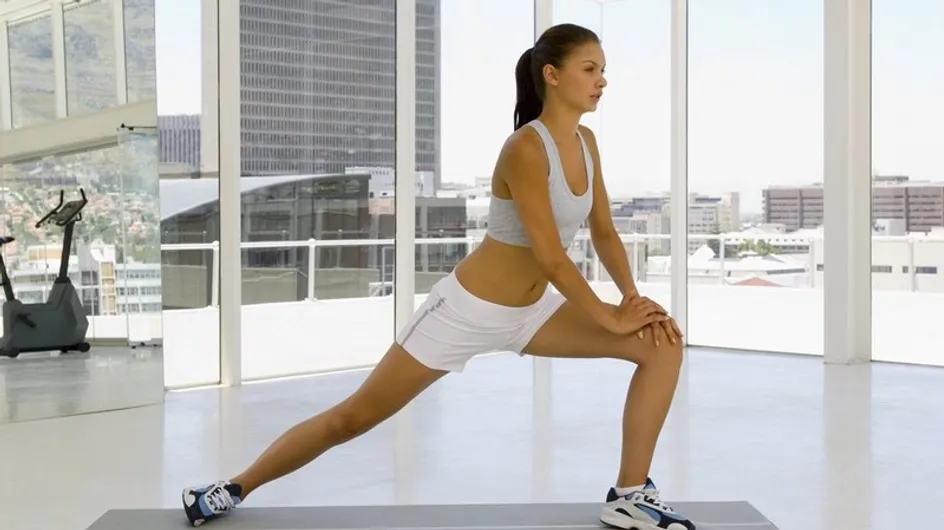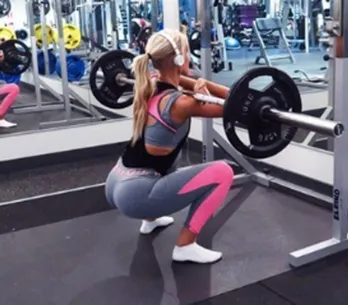Ever struggled to climb the stairs after a session at the gym, suffered from pulled muscles, cramp, tendonitis or a painful stitch? No pain, no gain? These are the body's natural reactions to exercise, but aches and pains can be reduced with a few simple measures. Here's our guide to common sports injuries and how to prevent them.
Signs from your body
Muscular pain. The aches and pains that you experience after exercise, which often appear the next day, even when you've only done low intensity exercise. A little rest and a balanced diet are enough to get rid of the pain.
Cramp. Occuring during or after exercise, the involuntary and painful contraction of a muscle is a sign that you’ve overdone it (length of time or intensity). To relieve the pain, stretch the muscle and hold the stretch for a few seconds.
Pulled muscle. If you pull a tendon, ligament or nerve, stop exercising immediately and rest until the pain goes away.
Tendonitis. Common in the elbow, wrist and knee, this painful inflammation is caused by repeated incorrect action. Stop exercising until the pain disappears, resume it carefully and gradually, and look at your technique and equipment.
Stitch. A sharp, sudden pain in your side is often produced by sudden intense exercise or comes after a long spell of activity. There’s no point in stopping: it’s better to continue at the same pace until your body gets used to it and the stitch will disappear quite quickly. Take things steady and you'll avoid getting stitches.
Sports injuries
Twists. Caused by wrong footing, this slight pulling of ligaments causes sharp pain but is temporary.
Pulling/tearing of the muscular fibres causes brutal and intense pain, stops the damaged muscle from working properly and requires complete rest.
Rupture of the tendon is a painful injury which follows a violent muscular strain caused by a shock to the tendon. It requires rest.
Sprains. These are quite common. The pulling or even rupture of ligaments causes sharp pain and swelling of the affected joint.
Dislocation. This injury is very painful. The joint unhinges, there will be a deformation at the joint and it will not function.
Fractures and breaks. A crack, acute pain and deformity of the limb are the usual signs. A fracture often happens after a shock, fall or a twist. You need to avoid all movements that could make it worse and the joint will need to be put in plaster while the fracture heals.
How to avoid sports injuries
- Use the correct equipment for your sport, body and level.
- Warm up for around 15 minutes: gradually work up to running, jumping, moving every part of your body and stretching, paying particular attention to the muscles you're going to be working hard.
- Drink enough regularly. If you get dehydrated, your performance and attention will drop and your muscles won’t eliminate waste as effectively.
- Go at your own pace. Don’t try to run for an hour if you’ve never jogged in your life!
- Up the intensity gradually. Sports injuries are more common in cold weather. You need to increase the intensity gradually.
- Stretch. Gradual stretching prepares the body for shocks to the tendons and muscles.
- Massage yourself (or get a massage!). This helps the elimination of waste contained in the muscles, which is the cause of cramps and aches.
- Don't take unecessary risks, especially with outdoor exercise.













